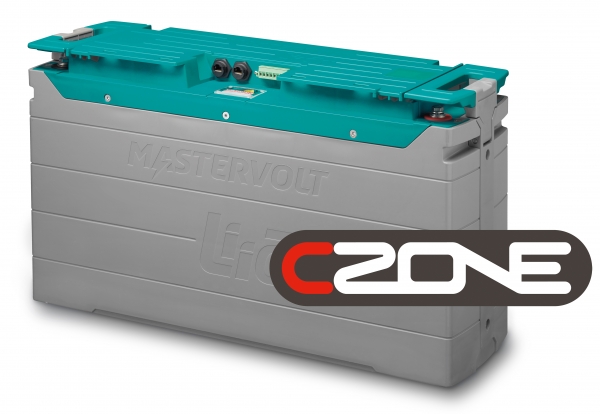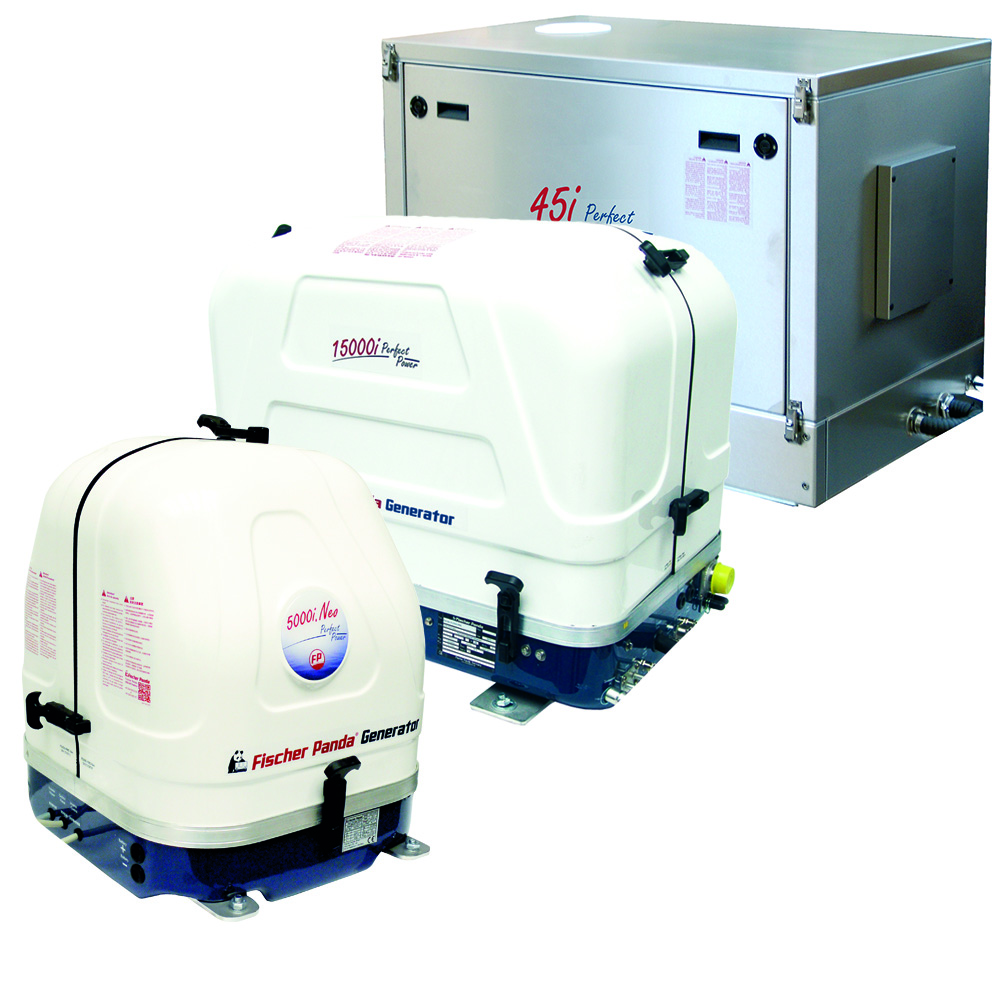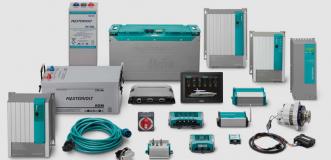What is Reverse Osmosis?
Unlike osmosis, which is the natural tendency of pure water to flow through a membrane into impure water. Reverse osmosis is achieved by applying very high pressure to seawater to counteract the osmotic flow.
Thus, seawater is forced through a semi-permeable membrane, which removes all the dissolved solids and produces fresh, potable water on the other side. This method rejects at least 98% of salts, contaminates, and pollutants from seawater.

Salt or brackish water first enters into the water-maker via a through-hull fitting and is filtered through the Sea Strainer. This feed water is then boosted to 30 psi by the Booster Pump and filtered through 25 and 5 micron Pre-filters. Oil, if present, is then separated and removed by the Oil/Water Separator. These filters remove sediments and suspended solids from the feed water prior to entering the High Pressure Pump. A Low Pressure Switch shuts down the water-maker in the event of low flow conditions, preventing cavitation in the High Pressure Pump.
The High Pressure Pump supplies the required force to drive the feed water through the semi-permeable Reverse Osmosis (R.O.) Membrane. The Back Pressure Regulator automatically controls the necessary pressure level in the Membrane Vessel Assembly. An automatic high pressure safety shutdown switch protects the water-maker if pressure exceeds recommended levels.
The fresh water produced flows out of the R.O. Membrane where it is up to 99.2% free of salts, minerals, and other ions. It then passes into the Product Flow Meter where the amount of potable water produced per hour is registered. Next, the Salinity Probe registers the salt content of the product water. If the water is good quality, it passes through the Charcoal Filter, which purifies the water of unpleasant odours and taste. Finally, the last filtration process is completed by an optional Ultraviolet Sterilizer where 99.8% of all micro-organisms, including viruses and bacteria are destroyed.






